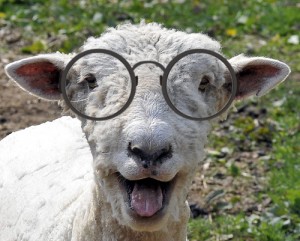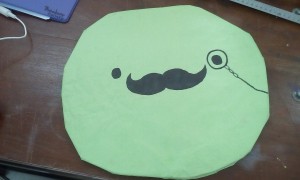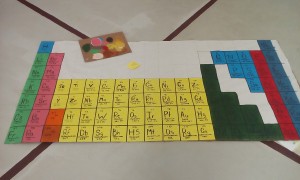Our project was to create a game which will help our learning and understanding about the structure of an atom and the patterns in the Periodic Table (Periods and groups according to the valence shells and the electronic shells) . Then once we were done with creating our games, we played a few of them and had to write a reflection about another group’s game (what they could have done better, what this game helped us learn, etc…).

I knew about atoms and the periodic table before as in my old school we already had a unit on this. I knew how to determine how many valence electrons an element has, how to find out an atom’s number of protons and neutrons, I knew all the parts of a periodic table (Alkaline Earth Metals, Noble Gases…*), I also knew what was the purpose of the Atomic number and the Atomic Mass. Technically, I knew everything we went over in this unit. But this unit was a good memory-refresher. I would have liked more help about Anions and Cations though…
My group (Alane and I) had decided to make a Periodic Table Twister. We made a giant model of the Periodic table, which included each element’s Atomic number, Atomic Mass, Symbol, and element name. Then to go with our periodic table board, we made a spinner (Which we named Mr. Spinner), some question cards, a legend for the colors on the board, and an instruction ‘manual’. For our magnificent creations (I did the visual part and Alane did the writing part), I used various colors of paint, two sharpies (one ran out in the process), a cardboard box, a large white sheet of paper, a square of cardboard, a board pin, some washi-tape (colorful tape), aluminium foil, a glue gun, and pink carton paper. When making the twister Periodic Table board, I used my chrome-book to show me a periodic table which contained only the elements’ symbols and the Atomic number (But it was a table that was visual enough for me to understand) and for every element, I opened another browser and looked up the Atomic Masses and element name for all the elements.




We came up with putting your hand on the element it is most reactive with (When someone answers a question incorrectly) by using parts of what we were brainstorming and parts of Ms. Merryweather’s feedback, referring to the rubric; we thought it was a creative way to include one of the items we needed to involve in this project which in this part was “Energy in Electric Shells and how valency correlates with stability and ions”, because we needed two items. We came up with the questions with thinking back about what we learned in class/ what they knew or questions that can be answered using the periodic table (the board), for example; What is the symbol for Argon? Ar or Ag?
If a fourth grader were to play this game, they would have to know a few things about the Periodic Table and Atoms.
This assignment has helped me explore new elements that I have never really been talked about in my classes, in other words, most of the Transitional Metals elements. It also helped me remember what elements are in which sections (Noble Gases, Transition Metals…).
I worked very hard on this project because I had the courage to fit it into my car, bring it home, spend my whole 4 ½ weekend working on it (also, that was the part, or in other words, getting it done on time was hard), brought it back into my car, back to school, and brought it up to the fourth floor of the school. I am really proud. I think I did a great work on this because now I know all the sections of the Periodic Table*.
If I were to do this project again I would work on something just a good but more compact (smaller or fold-able) and which will last less time to make. This project was great but because of it I thought I had no Language Arts homework and earned after-school detention. But the detention was worth the project!!

